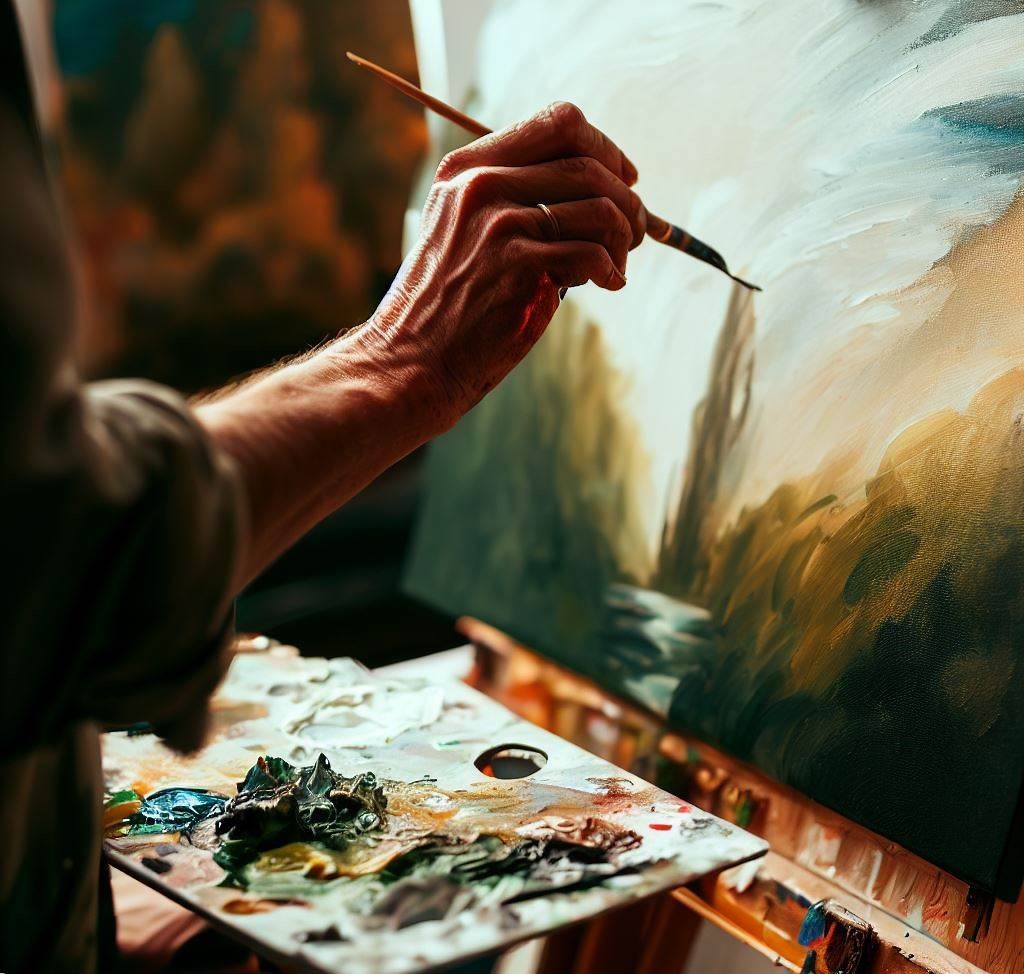
Landscape painting is a timeless art form that allows artists to capture the beauty of nature on canvas. Whether you’re a seasoned painter or a beginner, exploring various techniques can breathe new life into your artwork. In this blog, we’ll delve into different approaches to landscape painting, providing you with insights and inspiration to enhance your creative journey.
Traditional Realism
Traditional realism involves capturing landscapes with meticulous attention to detail and accuracy. Artists using this approach focus on reproducing scenes as faithfully as possible, paying close attention to light, shadow, and perspective. To achieve this, artists often use fine brushes and layering techniques, creating a sense of depth and realism.
Impressionism
Impressionist landscape painting takes a more abstract approach, emphasizing the play of light and color over precise details. Artists like Monet and Renoir are famous for their use of broad brushstrokes and vibrant colors to evoke the essence of a scene rather than its exact representation. Experimenting with color harmony and capturing the mood of a landscape are key aspects of impressionist techniques.
Textured Palette Knife
Using a palette knife adds a tactile and three-dimensional quality to your landscapes. Instead of relying on brushes, artists sculpt the paint directly onto the canvas with a palette knife. This technique creates bold, textured strokes that can simulate the roughness of rocks, the softness of clouds, or the flow of water. The resulting texture adds a dynamic element to the painting.
Atmospheric Perspective
Mastering atmospheric perspective is crucial for creating depth in landscape paintings. This technique involves adjusting the intensity and color of elements in the distance to mimic the way air affects our perception. Distant objects appear lighter, cooler, and less detailed, while foreground elements are more vivid and detailed. This technique enhances the illusion of depth and can make your landscapes more visually compelling.
Pointillism
Pointillism, popularized by artists like Georges Seurat, involves creating images using small, distinct dots of color. While this technique is often associated with cityscapes, it can be adapted for landscapes. By carefully placing dots of color next to each other, artists can achieve a harmonious blend when viewed from a distance. Pointillism adds a unique texture and vibrancy to landscape paintings.
Abstract Expressionism
For those seeking a more emotional and spontaneous approach, abstract expressionism offers a liberating way to create landscapes. Artists like Jackson Pollock and Willem de Kooning were pioneers in this movement, using bold gestures and unconventional tools to convey energy and emotion. This technique encourages free-form exploration and can result in highly evocative and personal landscapes.
Collage and Mixed Media
Incorporating collage and mixed media elements can add a contemporary twist to traditional landscape paintings. By combining paper, fabric, or found objects with paint, artists can create multidimensional artworks that tell a story or convey a specific theme. This approach allows for endless possibilities, pushing the boundaries of what a landscape painting can be.
Monochromatic Studies
Limiting your color palette to shades of a single color can produce striking monochromatic landscapes. This technique challenges artists to explore the nuances of light and shadow within a restricted color range. Monochromatic studies are not only aesthetically pleasing but also serve as valuable exercises in understanding the subtleties of value and contrast.
Conclusion
Landscape painting is a versatile and expressive art form, offering a wide range of techniques for artists to explore. Whether you prefer the precision of traditional realism, the emotion of abstract expressionism, or the texture of palette knife painting, there’s a landscape painting approach that can resonate with your style and vision. Experimenting with different techniques not only enhances your skills but also opens up new avenues for creativity. So, grab your brushes, palette knives, and an open mind, and embark on a journey to unlock the full potential of landscape painting.






